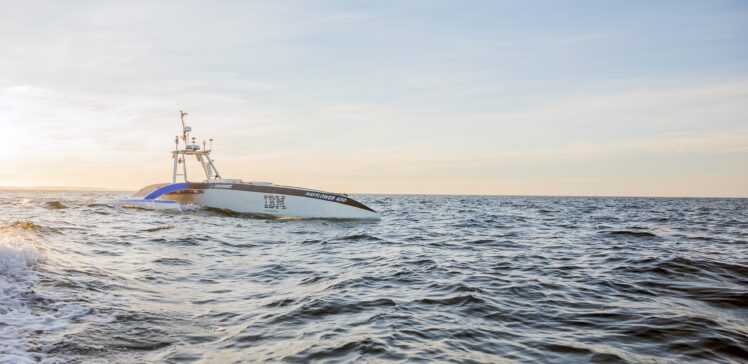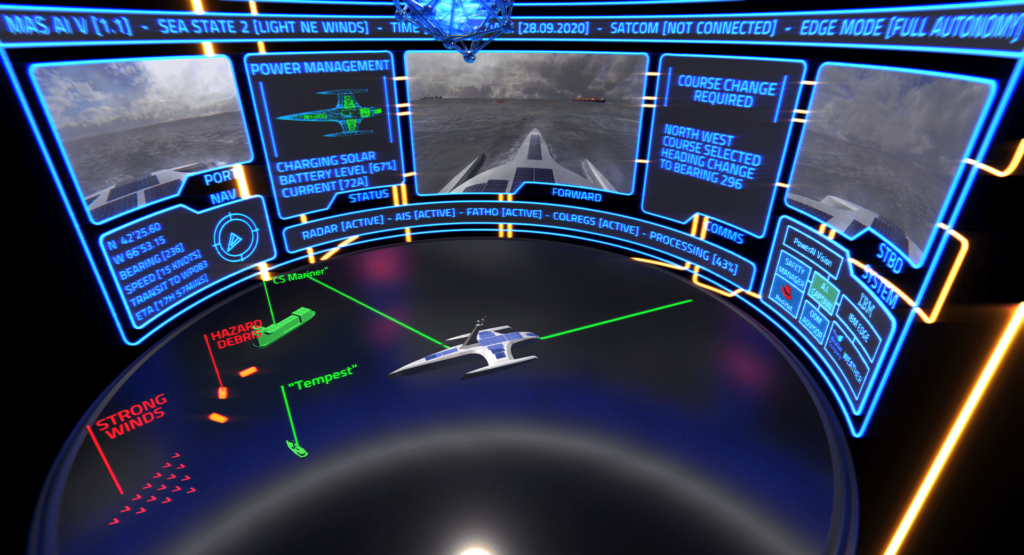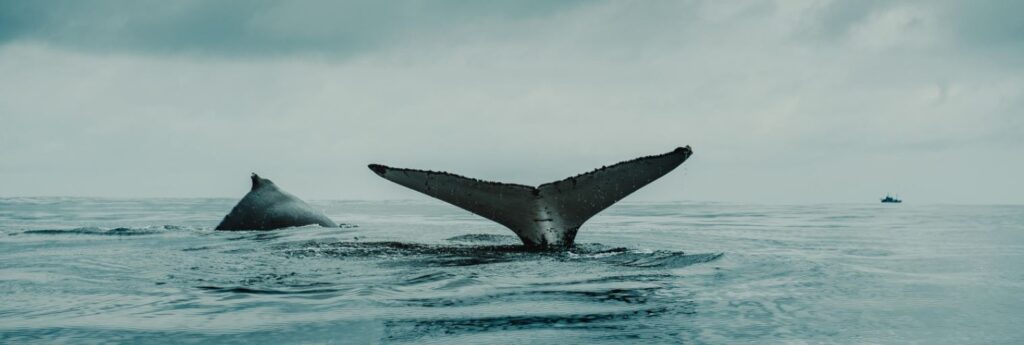The Ship With NO CAPTAIN

If the maritime transportation industry was a country, it would be the 6th country, which emits the most carbon dioxide to the atmosphere. Controlling carbon emissions by reducing the emitted amounts is among the most important future goals of maritime transportation. Compared to 2008 figures, the main goal is to cut carbon dioxide emissions by 40% until 2030 and by 70% until 2050. Another important goal, which is on the agenda, is the elimination/reduction of carbon dioxide and improving energy efficiency while achieving these.
In this regard, Mayflower 400 Autonomous Ship (MAS) is a project carried out by IBM and ProMare, a non-profit maritime research company, to create a foundation for the above-mentioned goals and be used for maritime research, attracts the attention. It is a fully autonomous and crewless ship that cruises solely with solar energy and makes its own decisions with AI support.
The name of the ship was inspired by the legendary ship called the Mayflower, which carried the very first immigrants from England to North America 400 years ago in 1620.
MAS was developed with three technology layers by IBM, and these are real-time machine learning and analytics, sensor inputs, and decision engine. Moreover, 15 meters long and 9 tons trimaran can cruise at 20 knots at maximum.

The automation software is controlled by artificial intelligence (AI Captain – AIC) available on the ship. This cognitive pilot, which makes all the decisions and is regarded as “Artificial Intelligence Captain”, is a system that has ideas on what to do next, implements its decisions, and carries out all these in a fully autonomous manner.
The developers processed petabytes of data to train their machine learning models and developed a decision mechanism that complies with navigation acts for the decision engine. Decisions of AIC are based on machine learning models. It learns from the results of its decisions, makes predictions about the future, manages the risks, and increases its knowledge base with its experiences. Thus, making decisions without any mankind intervention while cruising is ensured. The ship can also follow navigation acts while making extremely important and snap decisions. It can rebuild its course in adverse weather conditions. Moreover, it gathers and analyzes massive amounts of ocean data and performs these actions on a 24/7 basis. It also analyzes all the data in real-time.
As soon as the AI Captain receives actionable data from on-board cameras, radar, sonar, AIS and other on-board equipment, it draws on IBM’s automated rule management system, called IBM Operational Decision Manager (ODM) to comply with International Regulations for Preventing Collisions at Sea (COLREGs) and other maritime conventions.

AI Captain receives Operational Decision Manager (ODM) feedback, interprets visual inputs and other data with its computer, and analyzes weather forecasts to determine how to avoid hazardous situations. An additional Math Modeling of Marine AI offers decision support for the optimum action to be taken including instructions on the course and speed of the ship.
MAS will cruise from Plymouth port of the United Kingdom (June 15th, 2021) to Plymouth port of Massachusetts, USA. It will be worth noting that although MAS is a fully autonomous ship, an English team will be monitoring the ship 24 hours a day since this will be a test cruise.
This historical journey has a great purpose in terms of nature and this fact excites everyone. The ship will collect ocean data about how climate change and pollution affect our seas. This will provide a better understanding for marine researchers and let them take the required precautions to protect our seas. It was announced that the ship will carry out environmental monitoring by analyzing the plastics in the ocean and counting marine mammals. It is aimed to draw attention to the pollution in the oceans by collecting scientific evidence with the gathered data. All the gathered data will also be shared with the entire world.

It is also possible to monitor every moment and current status of MAS through its online tracking website, chat with and receive information from artificial intelligence.
If the project will be successful, it may serve as a foundation for a radical change in the future of maritime transportation in terms of crews, ships, and costs.
What’s next?
Mayflower400 was still in the dockyard when we have published this paper. “Project update, Thursday 22nd July: ProMare has determined that the mechanical breakdown during the recent Atlantic crossing attempt was caused by a fracture in the flexible metal coupling between the ship’s generator and exhaust system. For ProMare’s full statement click“ ProMare aims to have MAS400 back in the water in the next few weeks. Following tests and long-range trials, ProMare will make a decision about the ship’s next missions and the timing of the next Atlantic crossing attempt.